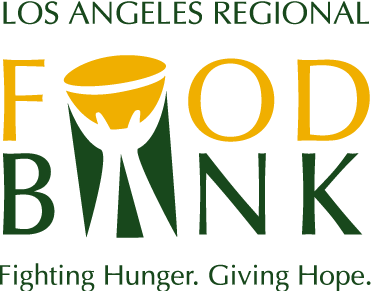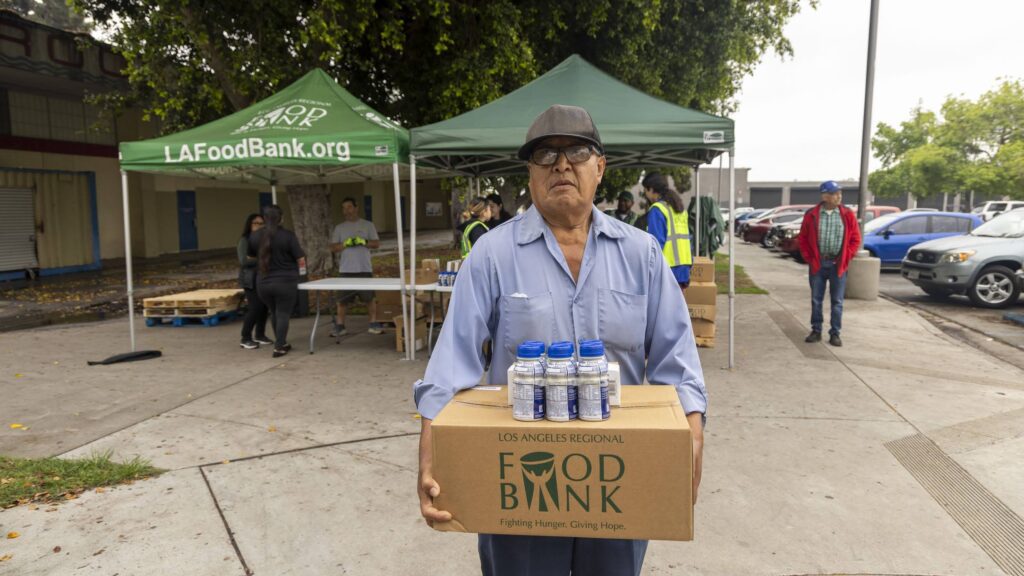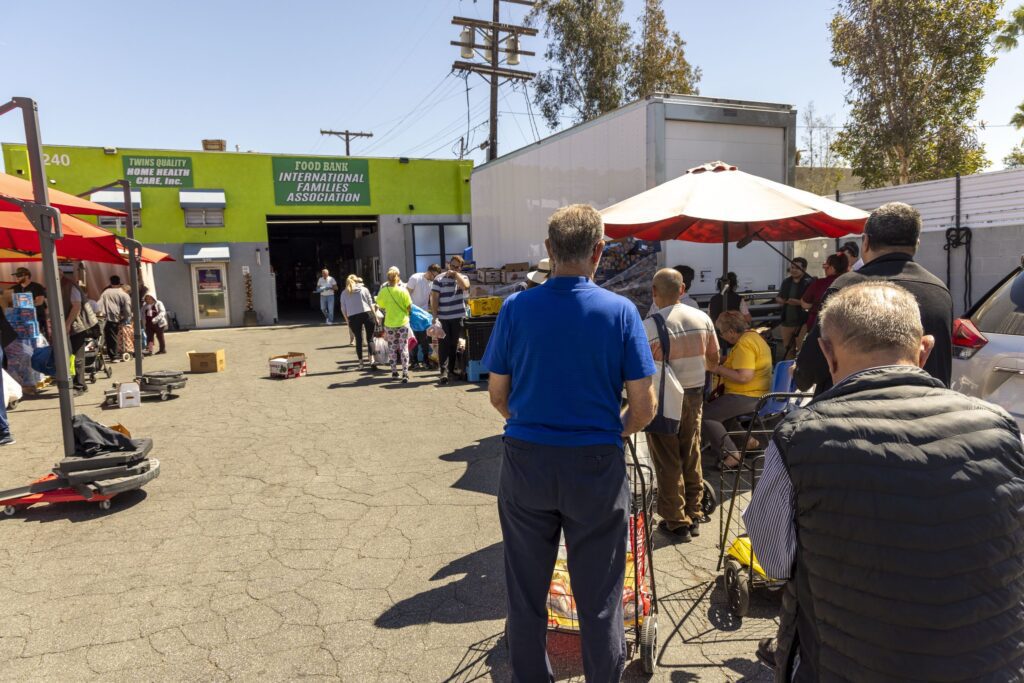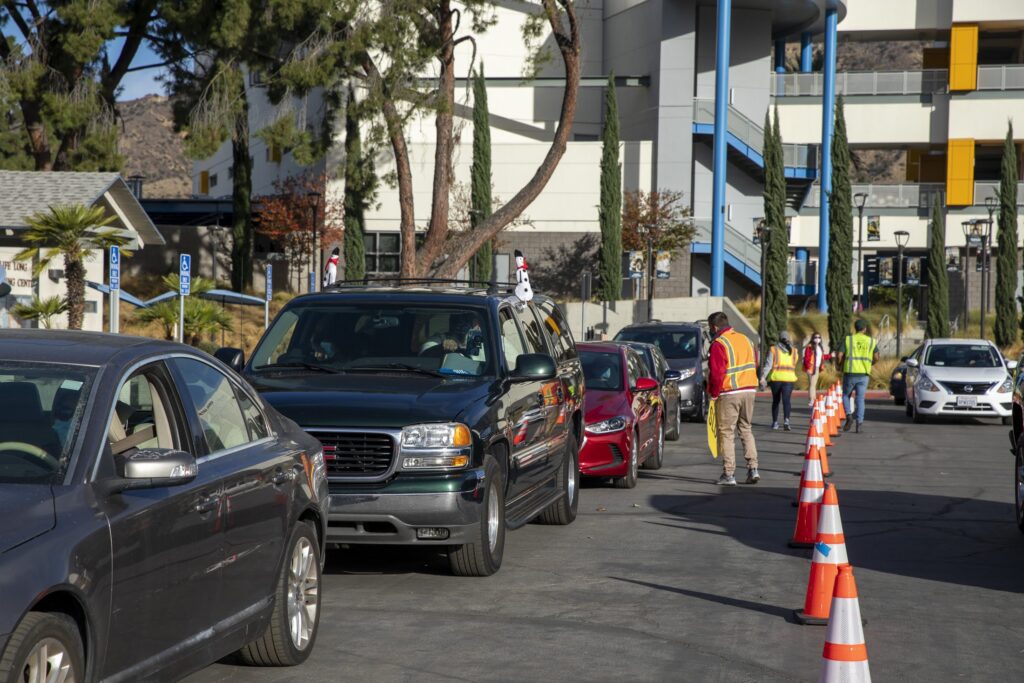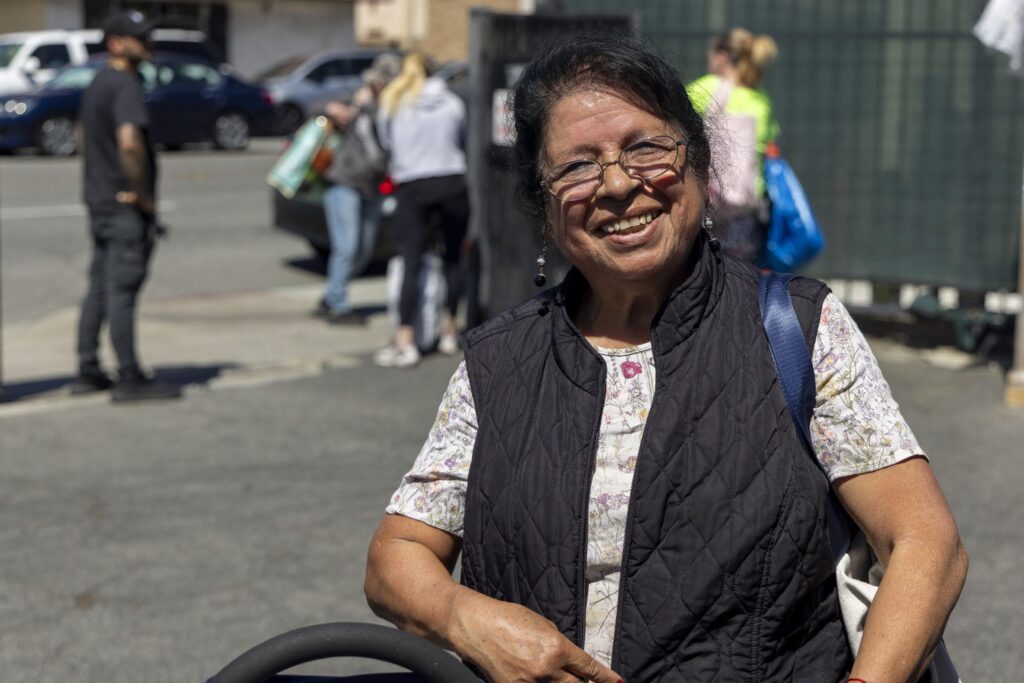Save Our Planet and Reduce Food Insecurity…. and Do It All at the Same Time!
Save Our Planet and Reduce Food Insecurity…. and Do It All at the Same Time!
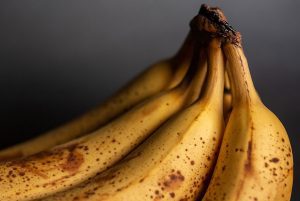 Data show that 1/3 of all food waste is caused by individuals when they eat out or eat at home. Growing and raising food is a very energy and water-intensive project, and discarded food creates greenhouse gases harmful to our environment. Here’s how you can help:
Data show that 1/3 of all food waste is caused by individuals when they eat out or eat at home. Growing and raising food is a very energy and water-intensive project, and discarded food creates greenhouse gases harmful to our environment. Here’s how you can help:
Restaurants
When you sit down, think about the whole meal before you order. Will you want dessert (ask for the dessert menu ahead of time!) And appetizers? And entrees? You can “right-size” your meal. Maybe your party of two orders appetizers, a side vegetable, and a dessert to split. If you are going with a larger group, consider ordering one fewer entree than people.
If you do take food home and eat it for lunch in a day or two (or freeze it and eat it later), then good for you! But how many doggie bags sit in the fridge until it’s time to throw them out? Many restaurants in LA are part of a food rescue program, so the extra food you ordered and pitched is truly food that would have been given to someone who is food insecure.
At Home
The other great place to save is at the grocery store. Here are a few ways you can reduce waste and save money:
- Always make a list before you go shopping – that way, you won’t buy food duplicates *and* you will probably spend less money
- Store your food properly. Keep your fridge at 40 degrees F or lower.
- Serve and eat the most perishable food in the days right after a shopping trip.
- Not all perishables are created equal. Apples and oranges keep longer than bananas and avocados, especially in hot weather, so go to the supermarket often or buy some of the sturdier perishables as well as the more delicate fruits and veggies.
- Be sure to buy foods that are stored in different ways. If everything you buy is meant for the fridge, your supermarket haul will probably expire faster than it would if you had also purchased shelf-stable items (pasta, nuts, beans) and direct-to-freezer foods.
- Moldy food might not be all bad. You can cut mold off of hard cheese and eat the rest.
- Make a commitment to eating up your leftovers (maybe you have a weekly Leftover Night.) Or, freeze them immediately in meal-sized containers. If you find yourself dumping them six months later, scale back the amounts you prepare.
Take the challenge!
LA Regional Food Bank Supporter and Marketing Council Member

